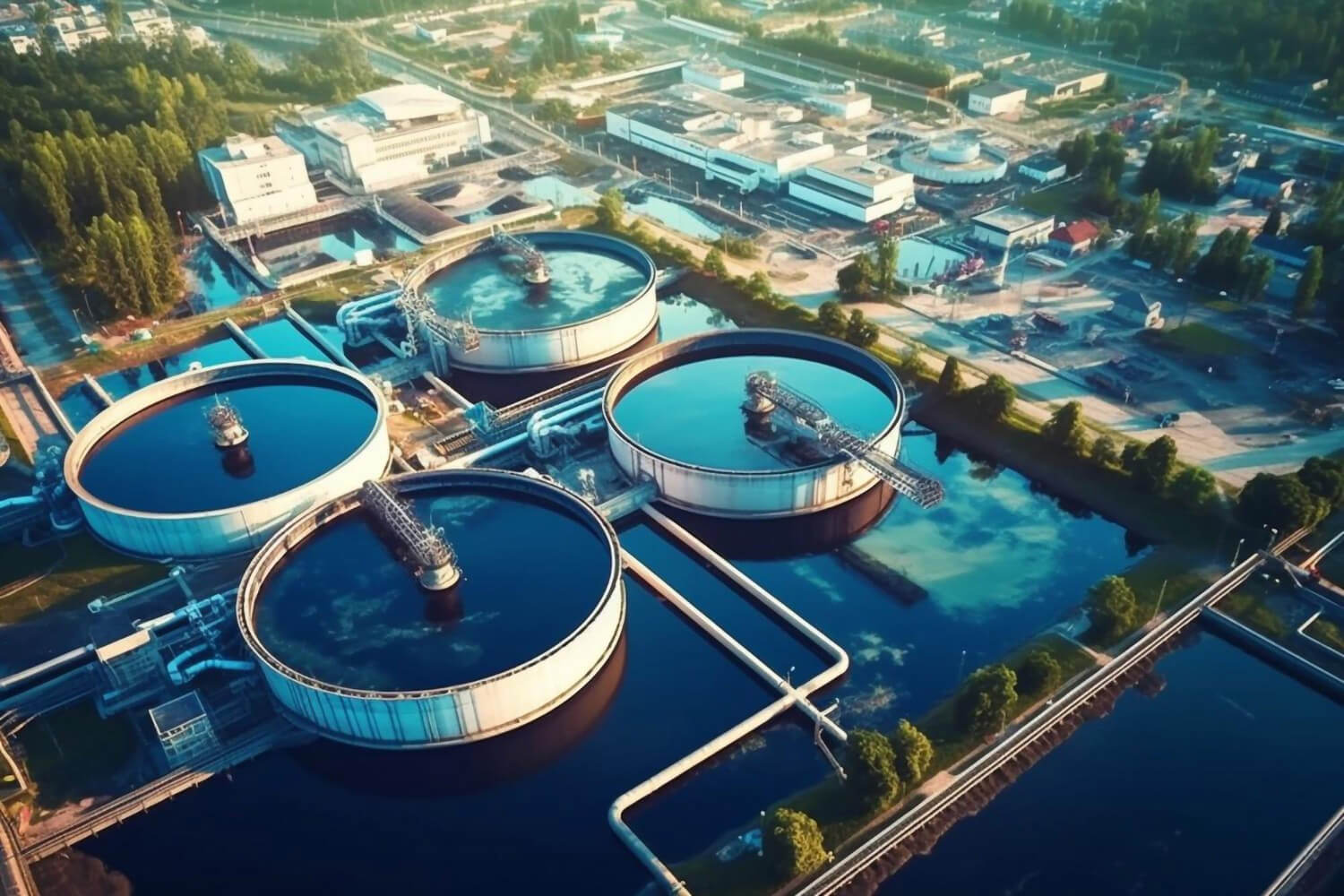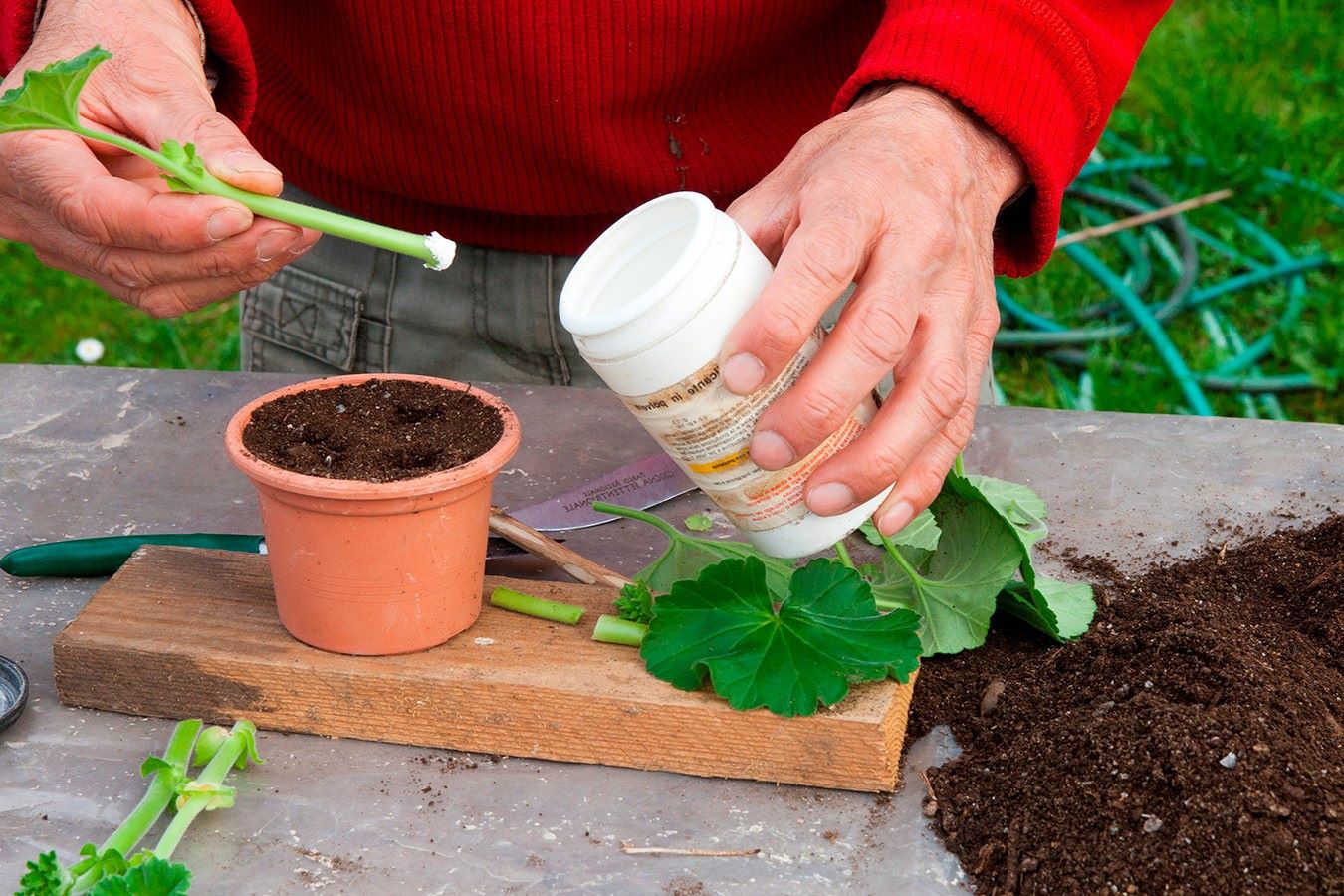
Biodegradation is a natural process where organic substances break down into simpler compounds through the action of microorganisms. This process is crucial for maintaining ecological balance and reducing waste. But what exactly happens during biodegradation? Microorganisms like bacteria and fungi play a starring role, munching away at materials and converting them into water, carbon dioxide, and biomass. This transformation is not just fascinating; it's vital for the environment. Imagine a world where waste piles up endlessly. Thanks to biodegradation, nature has a built-in recycling system. Curious about how long it takes for different materials to biodegrade? Or what factors speed up or slow down the process? Let's dig into 25 intriguing facts about biodegradation that will make you see waste in a whole new light.
What is Biodegradation?
Biodegradation is the process by which organic substances are broken down by living organisms, typically microorganisms. This natural process plays a crucial role in waste management and environmental sustainability. Let's dive into some fascinating facts about biodegradation.
-
Microorganisms at Work: Tiny organisms like bacteria and fungi are the main agents of biodegradation. They consume organic materials, breaking them down into simpler substances.
-
Aerobic vs. Anaerobic: Biodegradation can occur in the presence of oxygen (aerobic) or without it (anaerobic). Aerobic processes are generally faster and produce carbon dioxide, while anaerobic processes produce methane.
-
Composting: A common form of biodegradation is composting, where organic waste like food scraps and yard waste decompose into nutrient-rich soil.
-
Biodegradable Plastics: Some plastics are designed to break down more quickly than traditional plastics. These biodegradable plastics can decompose in months rather than centuries.
-
Enzymes: Microorganisms produce enzymes that help break down complex molecules into simpler ones, speeding up the biodegradation process.
Factors Affecting Biodegradation
Several factors influence how quickly and effectively biodegradation occurs. Understanding these can help us manage waste better.
-
Temperature: Higher temperatures generally speed up biodegradation. Warm environments are more conducive to microbial activity.
-
Moisture: Water is essential for microbial life. Adequate moisture levels can enhance the rate of biodegradation.
-
pH Levels: Most microorganisms prefer a neutral pH. Extreme acidity or alkalinity can slow down or even halt the process.
-
Oxygen Availability: As mentioned earlier, the presence or absence of oxygen significantly impacts the type and speed of biodegradation.
-
Nutrient Availability: Microorganisms need nutrients like nitrogen and phosphorus to thrive. A lack of these can slow down biodegradation.
Environmental Impact of Biodegradation
Biodegradation has a significant impact on the environment, both positive and negative. Here are some key points to consider.
-
Waste Reduction: Biodegradation helps reduce the volume of waste in landfills, making it a crucial component of waste management.
-
Soil Health: Decomposed organic matter enriches the soil, improving its fertility and structure.
-
Greenhouse Gases: While aerobic biodegradation produces carbon dioxide, anaerobic processes generate methane, a potent greenhouse gas.
-
Pollution Control: Biodegradation can help clean up pollutants like oil spills and pesticides, breaking them down into less harmful substances.
-
Plastic Pollution: Traditional plastics can take hundreds of years to degrade, contributing to long-term environmental pollution.
Biodegradation in Everyday Life
Biodegradation isn't just a scientific concept; it plays a role in our daily lives. Here are some everyday examples.
-
Food Waste: Leftover food decomposes naturally, thanks to microorganisms, reducing waste and returning nutrients to the soil.
-
Yard Waste: Leaves, grass clippings, and branches biodegrade, contributing to the natural nutrient cycle.
-
Paper Products: Items like newspapers and cardboard break down relatively quickly compared to other materials, thanks to their organic composition.
-
Biodegradable Packaging: Some companies use biodegradable materials for packaging to reduce environmental impact.
-
Cleaning Products: Certain eco-friendly cleaning products are designed to biodegrade, minimizing their environmental footprint.
Challenges and Innovations in Biodegradation
Despite its benefits, biodegradation faces several challenges. However, innovations are paving the way for more efficient processes.
-
Slow Degradation: Some materials, like certain plastics, degrade very slowly, posing long-term environmental risks.
-
Microplastic Pollution: Even biodegradable plastics can break down into microplastics, which can be harmful to marine life.
-
Innovative Solutions: Scientists are developing new materials and methods to enhance biodegradation, such as enzyme additives and genetically engineered microorganisms.
-
Regulations: Governments are implementing regulations to promote the use of biodegradable materials and reduce plastic waste.
-
Public Awareness: Increasing awareness about the importance of biodegradation can lead to more sustainable practices and consumer choices.
The Power of Biodegradation
Biodegradation plays a crucial role in maintaining our planet's health. It breaks down waste, reduces pollution, and supports ecosystems. Understanding how materials decompose helps us make better choices about what we use and how we dispose of it. Composting, recycling, and choosing biodegradable products can make a big difference.
By being mindful of our consumption and waste, we contribute to a cleaner, healthier environment. Small actions, like using compostable bags or recycling, add up over time. The more we know about biodegradation, the better we can protect our planet for future generations.
So, next time you throw something away, think about where it will end up and how long it will take to break down. Every little bit helps in the fight against pollution and waste. Let's all do our part to support biodegradation and keep our world green.
Was this page helpful?
Our commitment to delivering trustworthy and engaging content is at the heart of what we do. Each fact on our site is contributed by real users like you, bringing a wealth of diverse insights and information. To ensure the highest standards of accuracy and reliability, our dedicated editors meticulously review each submission. This process guarantees that the facts we share are not only fascinating but also credible. Trust in our commitment to quality and authenticity as you explore and learn with us.


